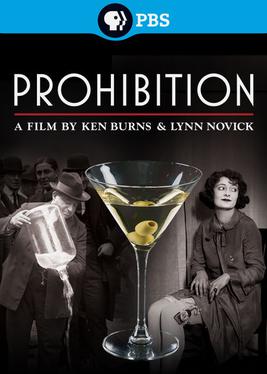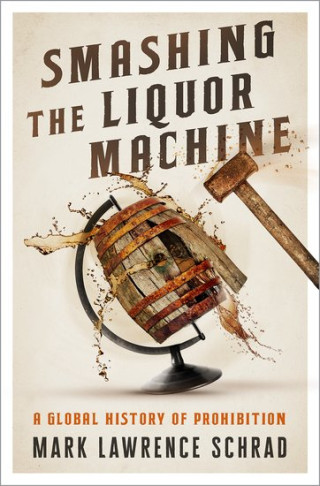The key to really understanding temperance and prohibition history can be boiled down to one word: traffic. Generations of social reformers and activists – both in the United States and around the world – focused not on the alcohol in the bottle, nor on ‘other people’s habits’, but on what they called ‘the liquor traffic’: unscrupulous sellers who got people hopelessly addicted to liquor for their own profit. The difference between opposing liquor and the liquor traffic is subtle, but hugely important. Liquor is just the stuff in the bottle, but trafficking is about profit and predation; like human trafficking, diamond trafficking or the traffic in narcotics and opioids.
The ‘traffic’ gets mentioned only three times in the Prohibition series. In the first minutes, the 19th-century Presbyterian minister Lyman Beecher – who inspired the modern temperance movement with his series of sermons condemning alcohol in 1826 – declares that ‘like slavery, the traffic in ardent spirits must come to be regarded as sinful.’ After that, the traffic – the thing prohibition was all about – all but disappears from the Prohibition documentary.
Beecher’s Six Sermons on Intemperance (1827) are often credited with kick-starting temperance, though not because they were ‘eloquent’, as Prohibition suggests. Rhetorically, they were pretty unremarkable. Instead, they began an entire social movement by providing a blueprint for action: a boycott to undermine the profit-driven traffic. ‘Let the consumer do his duty,’ Beecher suggested to his temperance followers, ‘and the capitalist, finding his employment unproductive, will quickly discover other channels of useful enterprise.’ Rather than invoking Biblical tales of drunken sinners, Beecher’s Sermons repeatedly cite one verse in particular: Habakkuk 2:9-16: ‘Woe unto him that giveth his neighbour drink, that puttest thy bottle to him, and makest him drunk also.’ From its very inception, then, temperance was a movement for economic justice and community betterment, rather than a gaggle of religious cranks as they’re more conventionally portrayed.
Prohibition articulates the conventional narrative, as the voiceover by Peter Coyote proclaims that America’s prohibition experience ‘would raise questions about the proper role of government’ and ‘who is – and who is not – a real American’. The framework is clear: the ‘drys’ are the bad guys, and the ‘wets’ are the true patriots, fully exercising their freedom to drink.
In building their case about the ubiquity of booze in early America, Burns and Novick then line up some of the greatest leaders in US history. Yet painting them as pro-liquor patriots requires a very selective reading of the historical record. ‘For most of the nation’s history, alcohol was at least as American as apple pie,’ Prohibition’s narrator explains:
At Valley Forge, George Washington did his best to make sure his men had half a cup of rum every day, and a half a cup of whiskey when the rum ran out … Thomas Jefferson collected fine French wines and dreamed of a day when American vineyards could match them … Young Abraham Lincoln sold whiskey by the barrel from his grocery store in New Salem, Illinois. ‘Intoxicating liquor,’ he later remembered, was ‘used by everybody, repudiated by nobody.’ A young Maryland slave named Frederick Douglass said whiskey made him feel ‘like a president’, self-assured ‘and independent’.
In reality, each of these men – Washington, Jefferson, Lincoln, Douglass and scores more – could rightly be listed among America’s great prohibitionists. But how is that possible? Simple: by again recognising that prohibition was not about the stuff in the bottle, but against the predatory capitalism of the liquor traffic.

